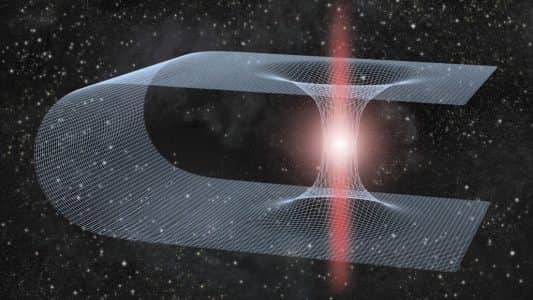Scientists Analyze San Andreas Fault System Using GPS data - Dispatch Weekly
June 22, 2016 - Reading time: 3 minutes

Scientists have finally looked at and analyzed the vertical component of the San Andreas GPS data to come up with findings that will enable them and other researchers understand the vertical motions of the crust as well as understand in greater detail the fault’s behavior even in times of earthquake quiescence.
While the GPS data has been available freely for decades, there have been no attempts to look at the data and the underlying information that it was hiding for there were no techniques that could have allowed scientists to remove the noise and extract meaningful data. This changed with efforts of scientists from University of Hawai’i at Mānoa (UHM), University of Washington and Scripps Institution of Oceanography (SIO) which is now published in the form of a study in Nature Geoscience.
Scientists used data recorded by the EarthScope Plate Boundary Observatory’s GPS array to discover nearly 125 mile-wide “lobes” of uplift and subsidence–a few millimeters of motion each year–straddling the fault system. This large scale motion was previously predicted in models but until now had not been documented.
The findings indicate that it is now possible to use GPS vertical motion measurements to better understand the structure and behavior of faults when no major ruptures have occurred for several decades to centuries. As scientists patiently monitor the San Andreas Fault System for indications of the next big earthquake, these results will help constrain seismic hazard estimates and may allow for a more prudent mapping of the large-scale motion resulting from the next significant rupture of the San Andreas.
The GPS array records vertical and horizontal motion of Earth’s surface. Vertical motion is affected by many factors including tectonic motion of the crust, pumping of groundwater, local surface geology, and precipitation. The challenge faced by Samuel Howell, doctoral candidate at the UHM School of Ocean and Earth Science and Technology (SOEST) and lead author of the study, and co-authors was to discern the broad, regional tectonic motion from the shorter-scale, local motion. To tease out such motions, the team used a comprehensive statistical technique to extract from the GPS data a pattern of large-scale, smoothly varying vertical motions of the local crust.
“While the San Andreas GPS data has been publicly available for more than a decade, the vertical component of the measurements had largely been ignored in tectonic investigations because of difficulties in interpreting the noisy data. Using this technique, we were able to break down the noisy signals to isolate a simple vertical motion pattern that curiously straddled the San Andreas fault,” said Howell.
The pattern resulting from their data analysis was similar in magnitude and direction to motions predicted by previously published earthquake cycle model results led by co-authors Bridget Smith-Konter, associate professor at UHM SOEST, and David Sandwell, professor at SIO.
“We were surprised and thrilled when this statistical method produced a coherent velocity field similar to the one predicted by our physical earthquake cycle models,” said Smith-Konter. “The powerful combination of a priori model predictions and a unique analysis of vertical GPS data led us to confirm that the buildup of century-long earthquake cycle forces within the crust are a dominant source of the observed vertical motion signal.”

DW Staff
David Lintott is the Editor-in-Chief, leading our team of talented freelance journalists. He specializes in covering culture, sport, and society. Originally from the decaying seaside town of Eastbourne, he attributes his insightful world-weariness to his roots in this unique setting.

_1.jpg)


